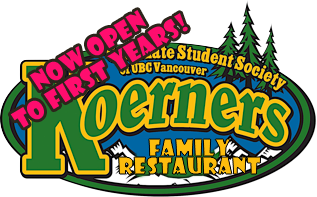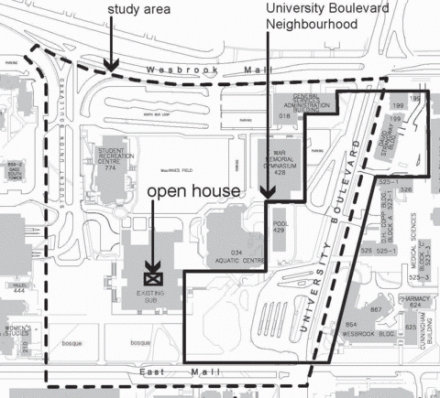Universities are strapped for cash. Being debt-restricted by recession-paranoid governments, many schools are looking to alternative delivery models to meet the demand for housing stock across the country.
At the University of Toronto, housing stocks are low, and plans are underway to build a tower of a tower. Thirty-plus stories of student housing. Typically, more beds is met with much rejoice, but this is being met with caution. The plan is to have the tower managed privately, through a Public-Private Partnership, which involves the university relinquishing control over certain aspects of planning, management, and operation.
UBC faces a similar housing-crunch. While past UBC administrations have fought vehemently against the P3 model, advocating for its own UBC3 model (where the public partner is UBC, and the private partner is UBC), rumour has it that the current admin has been reassessing that stance to meet demands. (Sidenote: There’s great stories of Martha Piper shouting at senior ministerial staffers on this very issue. It worked.)
In light of numbers assessing the need for more dorms, the Campus Plan states UBC’s goal is to have 50% of its undergraduate population on campus. The Campus Plan does not answer how, and P3’s are the low-hanging fruit.
The Province will not likely be able to commit the money for the massive expansion. UBC had to exert considerable pressure on them for the debt needed to expand Totem Park by a few hundred beds. Image the The problem: Government doesn’t like having the million-dollar debt-loads on its books, when it won’t be seeing the black for some time, particularly given the recession. A P3 model gets around this problem. The debt isn’t carried by UBC, it’s on the back of hedge funds.
It’s still too early to see if this is a win for students. Private firms are concerned about one thing, their bottom line, while Universities are concerned about their reputation. Typically, private firms respond to demands because it effects their bottom line, but given the absurdly high the demand for student housing is, the inability for true low-/no-income rental competition in West Point Grey, and the simple appeal and added-value of being a student on campus, there’s plenty of opportunity for gouging.
And that gouging would fester in the regulation blackout of many campuses, UBC included. Educational institutions are given wide-range to run housing as they see fit, often exempted from the rules of the private market (see: 4b.) This is somewhat appropriate, because the bottom line matters less to Universities, who are more interested in providing a holistic, accommodating experience to their students (it is half of their business, after all.) For private firms, all that comes secondary to more profit, so students would need rent controls and other tenancy rights to protect their interests.
How these concerns are managed and negotiated at UofT will set the model for the rest of the country. At stake is how public our public institutions ought to be, and the role of universities in providing student life.




